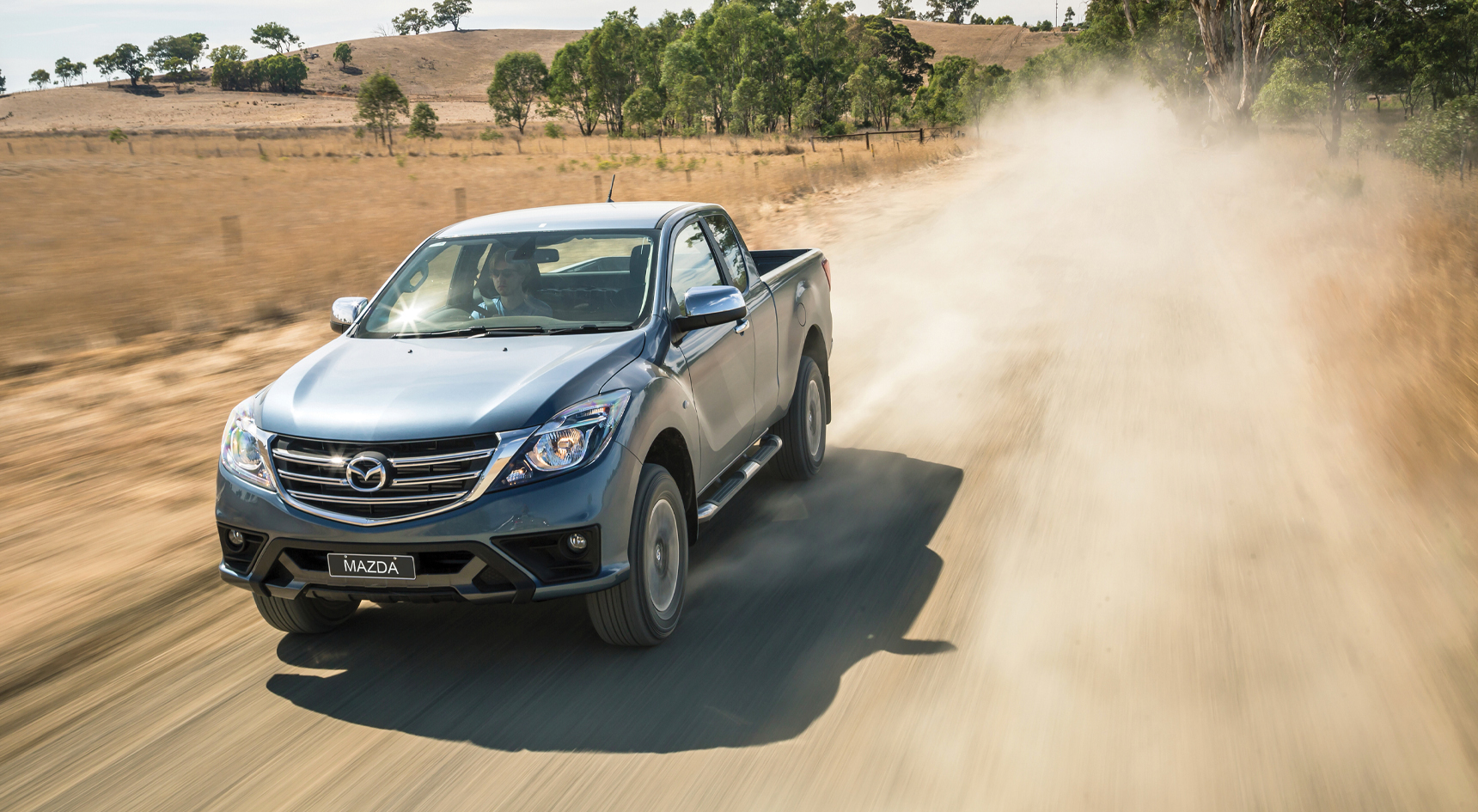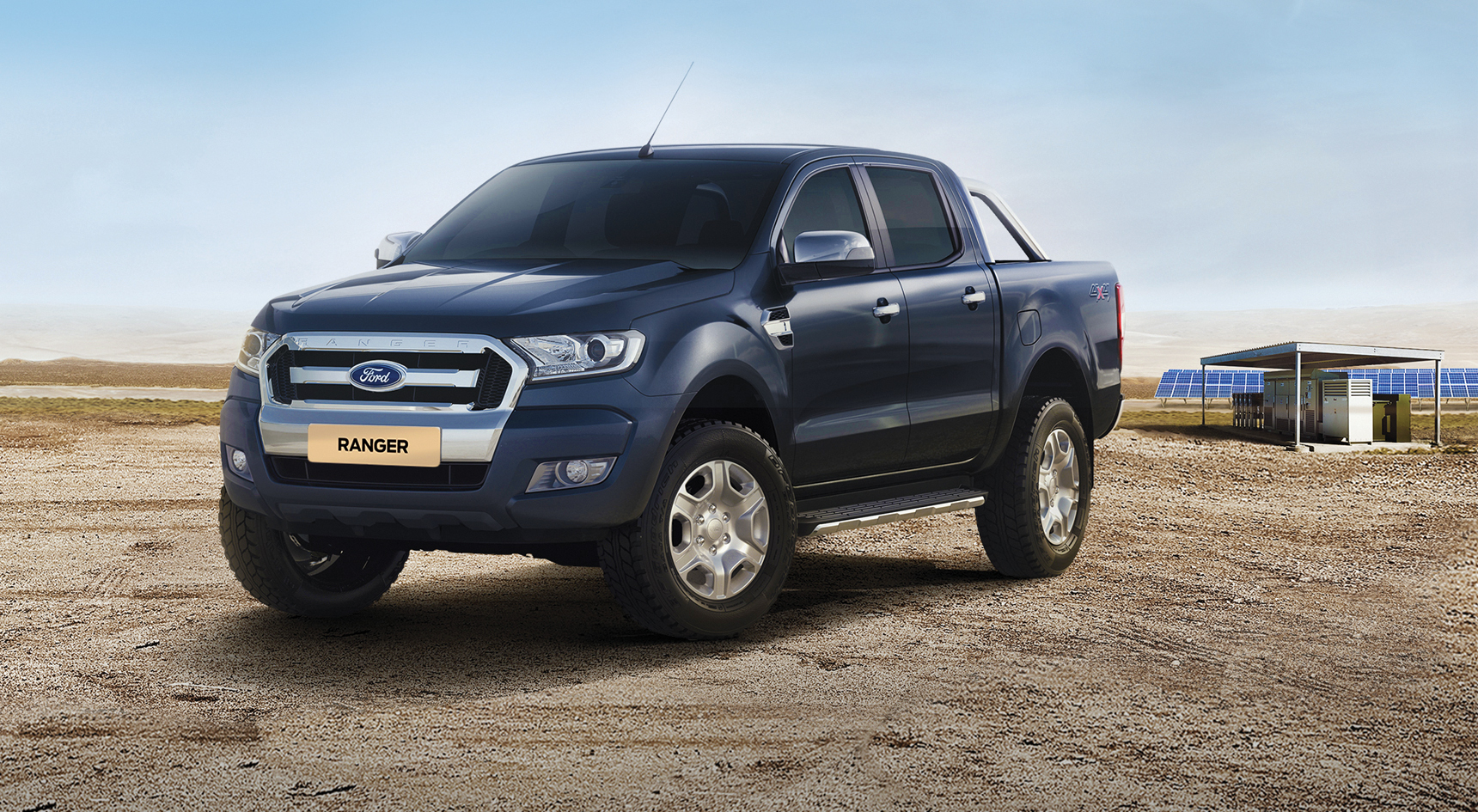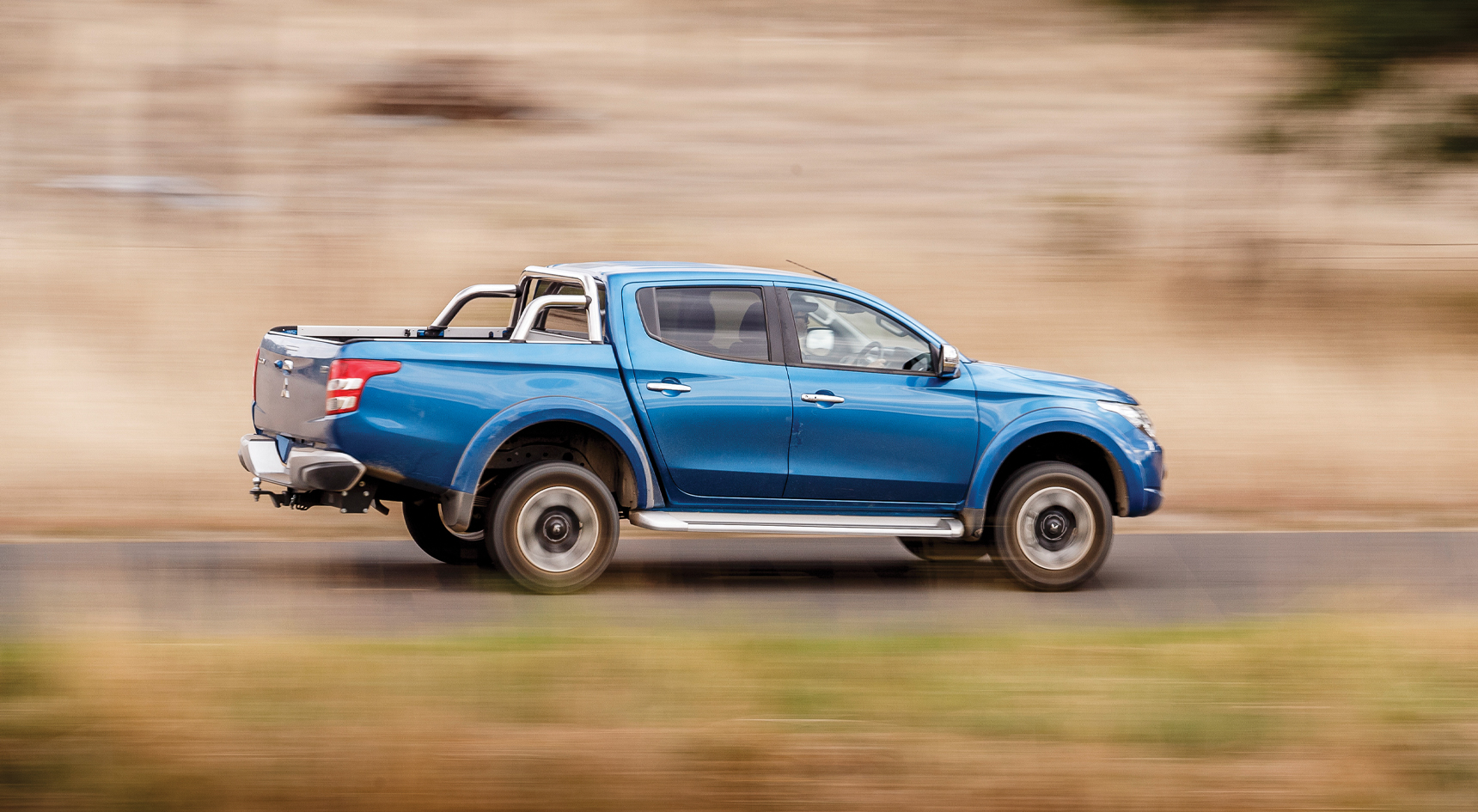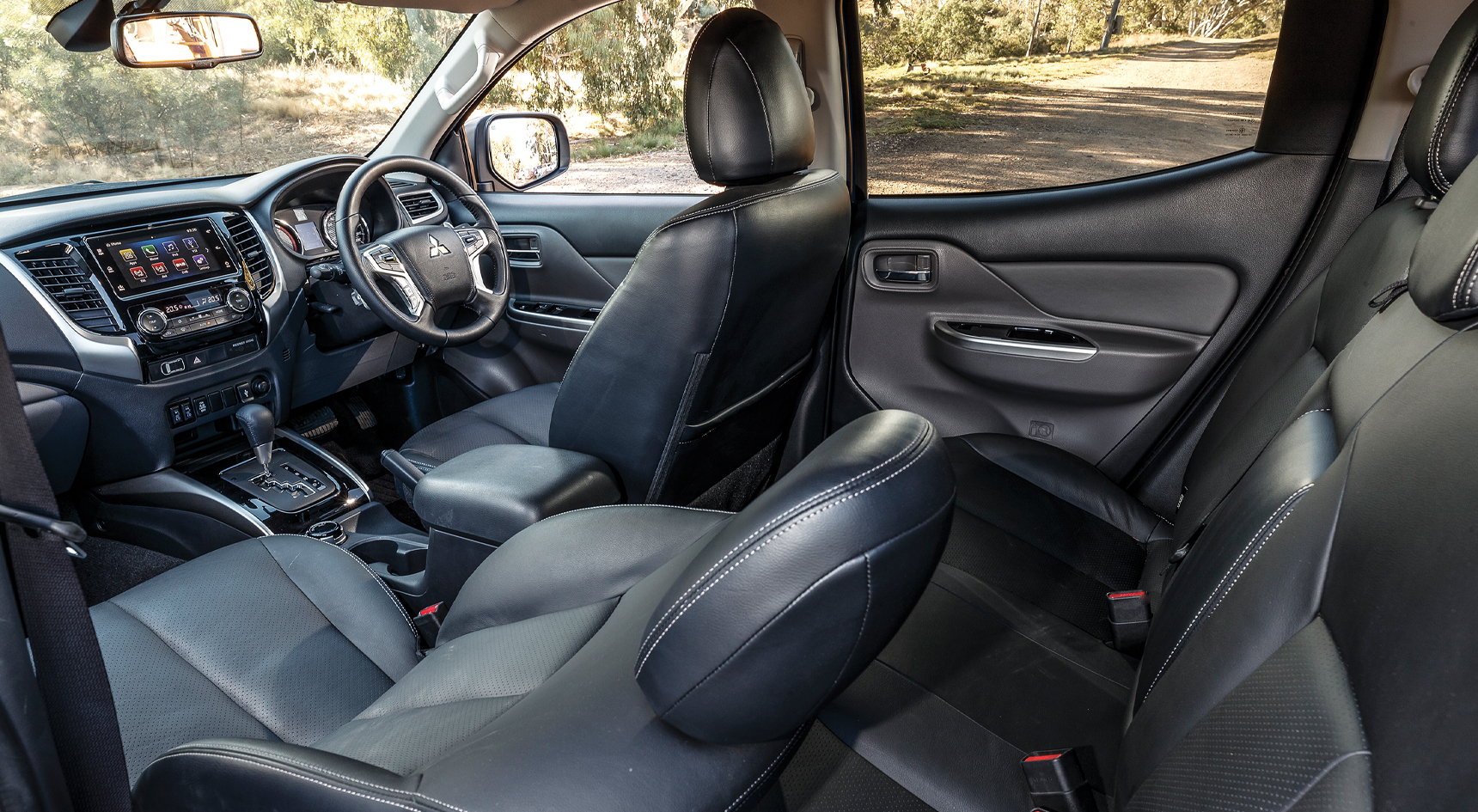The dual-cab duel

If you’re a tradie loading up the tray with tools and building materials or a camping enthusiast spending weeks out bush, a dual cab ute might be the vehicle for you. We tested three second-hand utes from 2018. See how they compare.
Utes, particularly four-wheel drive versions, have been one of the highest-selling vehicles
in Australia for nearly a decade. Not only are these rugged steeds the workhorse of choice for tradies, but they’re also popular with people wanting to cart around their jet skis, dirt bikes or camping kits. However, they don’t come cheap, and four years on, used versions have held their price well.
With so many willing buyers, shopping around for a good price could be hard work. These three 2018 models might fit your needs and price range.
The competitors
2018 Ford Ranger XLT: An exceptional all-rounder that’s good on and off the road.
2018 Mazda BT-50 XTR: A ute with grunt and a bit of zoom zoom.
2018 Mitsubishi Triton GLS: Value-for-money dual-cab ute` for tradies.
Value for money
Current owners of these utes can rejoice as they’re likely to get a pretty good deal if they choose to sell.
For those in the market to buy one second hand, the outlook isn’t quite the same. Buyers will be paying about 80 per cent – if not higher – of what a new ute costs.
Ford and Mazda joined forces to develop a common chassis for the Ranger and BT-50 respectively, so they’re similar cars in many respects.

This allowed them to share the cost of developing the expensive bits. With the chassis designed, the two manufacturers headed off in their own direction to make the Ranger and BT-50 as different as they could to create their own value.
Ford focused on the suspension tune and handling and added more kits than the Mazda. With the
Ranger having more features, it was priced higher than the Mazda as a new vehicle in 2018.
The 2018 Mitsubishi Triton was an older model that was given a facelift, and while not as refined as the Ranger or BT-50, the Triton is probably the best value and the cheapest.
In 2018 there was a war between manufacturers as they increased warranties from three to five-plus years.
So, depending upon the age of the vehicle you’re looking at, it’s likely all three will still be covered by new-car warranty.
Before purchasing the vehicle, check the warranty and any other coverage.

Cost to own and run
Large utes mean big fuel bills, but the Triton has a smaller engine and sips less diesel per kilometre than the other two vehicles. It’s also slightly cheaper to maintain and service. If you’re carrying
around heavy loads on the tray, you might
find the tyres wear quicker, which can be expensive.
Our friends on the spanners have told us they’re not seeing any common problems on any of these three vehicles.
They do however emphasise that on-time servicing is critical, particularly for the five-cylinder engine in the BT-50 and Ranger.
All three run on diesel so they need a good highway run regularly to get the catalytic converter up to temperature and burn off the carbon deposits. If this isn’t done, the catalytic converter will block and be expensive to repair.

The drive
The performance of the 3.2-litre, five-cylinder turbo-diesel engine on both the Ranger and the BT-50 is impressive, whether on-road or lugging through the bush. Off-road, they’re as good as each other, and with the rear diff-lock functionality, they’re only slightly better than the Triton.
On the bitumen is where the Ford has sorted the ride and handling package to make it far more car-like.
The ride quality changes a lot depending on how much load is on board, but the Ford Ranger has the better ride and handling package across the range of loads. The BT-50 is not as compliant, and the Triton still has more of a work-ute feel in its ride and handling.
The Triton is off the pace in power and performance, but the trade-off is lower fuel consumption.
Practicality
An important reason for buying a ute is its towing capacity, which is 3.5 tonnes for the Ranger and BT-50 and 3.1 tonnes for the Triton.
Due to their origin, the Ranger and BT-50 have identical trays and towing capacity, but the BT-50 has a better payload.
The length of the Triton’s tray is nearly the same as the other two but is almost 10cm narrower.
The Ranger has a towbar as standard equipment and all three have trailer-sway control.
The Ranger has the best design package of the three utes. The interior space in the Triton is smaller than the other two vehicles but still adequate. The Ranger’s 230-volt, 150-watt power socket is a handy feature.

Safety
When these utes were new, they all had a 5-star ANCAP safety rating. However, these types of vehicles are over-represented in rollover crashes because their high centre of gravity makes them more susceptible to sway and tilt than other vehicles.
Add any additional weight up top, such as rooftop tents or fully loaded roof racks, and they can be a bit of a handful to handle. So, if you’re new to the ute community, make sure you take your time to get to know the limitations of these vehicles.
Aesthetics
Beauty is in the eye of the beholder when it comes to utes. Most buyers look for function over form in utes but these three are well styled.
Final ranking
For all-round drivability on and off the road, it’s the Ford Ranger that comes out on top followed closely by the BT-50. However, for the best value, we can’t go past the Mitsubishi Triton.
The specs
| Mazda BT-50 XTR | Ford Ranger XLT | Mitsubishi Triton GLS | |
|---|---|---|---|
| Engine | 3.2L turbo | 3.2L turbo | 2.4L turbo |
| Transmission | 6-speed auto AWD | 6-speed auto AWD | 5-speed auto AWD |
| Fuel type | Diesel | Diesel | Diesel |
| Fuel consumption | 8.5L/100km | 8.7L/100km | 7.6L/100km |
| Price new | $52,490 | $55,580 | $44,000 |
| Starting price now | $42,000 | $44,500 | $36,000 |
DO YOU NEED CAR ADVICE?
RAA members can call our free Car Advice Service for answers to their car questions.
Or call 8202 4689

